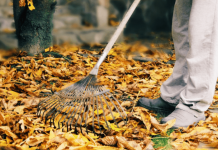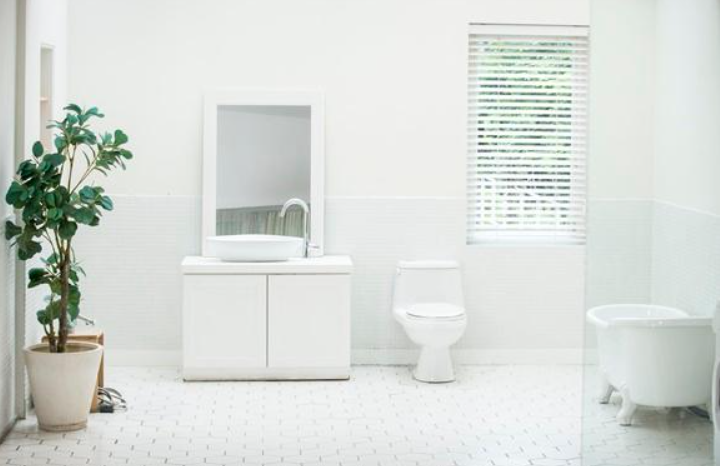What you need to clear a clog in the kitchen sink
A clogged kitchen sink is one of the most common calls for a plumber. Unlike a bathtub or shower, debris in the sink is not visible from above. Sinks are designed to prevent objects from entering the pipe. Even if the tether fits, the siphon makes it difficult to get through the coil.
If the kitchen sink is clogged, how to clear the clog yourself, without calling a specialist? Everyone should know what to do if the sink is clogged, because not always the problem requires calling a plumber.
This medium complexity project takes 30 minutes to an hour.
- small bucket
- channel lock or pipe wrench
- hand rope
- towel
- flashlight
How do I clean a clog with a cable in my kitchen sink


- The first step in the coil cleaning process is to remove the siphon from the kitchen sink. The traps are held together by friction washers and sealing nuts. Before unscrewing the nut, place a small bucket or pot under the siphon to collect the water. If the siphon is made of plastic, the nut will loosen easily when tightened by hand. If the trap is chrome, you will need a channel or pipe wrench to loosen the nut.
- You can check for a clog by looking inside the pipe with the trap removed. If it looks clean, the clog is further away.
- Pull 12 to 15 inches of rope from the spool. Insert the rope into the drain line.
- If someone tries to pull you away from the wall by turning the handle, you will lose sight of the T-fitting. You may hear a sound coming up through the vents. If it goes upward (toward the vents), pull slightly and reinsert the cable so that it comes out of the tee fitting.
- If you feel there is no resistance, pull out more cable and don’t pull it out until you feel it. If you hit a clog, tighten the set screw in front of the snake.
- Then turn the knob clockwise to push the cable forward.
- When the cable detaches, loosen the set screw and pull it out another 12 to 15 inches. Return the screw to its original position and continue turning it clockwise.
- Continue this process until the clog breaks or you reach a larger diameter pipe, such as the main pipe. You will know the clog is clear when you can no longer feel resistance in the cable. Insert the clog into a larger diameter pipe and you will feel the cable move freely.
- If you hit a very difficult spot, you will have to use the push and pull method. Simply place the cable about 3 feet and pull it back about 2 feet. Then pull the cable back 4 feet and pull it out. 2. Continue this process until the clog breaks through.
- When the clog breaks through, start pulling the cable out. To do this, pull the cable out 1 to 2 feet at a time. Step back to continue going clockwise. Changing the direction of travel to the opposite direction will remove the clog and clog the pipe again.
- Place the cable back in the spool so that the black snake grease is not splashed on the surrounding walls. It is difficult to clean and has a terrible smell.
- Once the rope is coiled, you can assemble the siphon p. If you have an older home, it is recommended that you check the inside of the siphon pipe for signs of corrosion. If anything is found, replace the siphon. A plastic siphon will do. They are relatively inexpensive and easy to cut. If the siphon is open, a chrome siphon can be used for aesthetic purposes.
- Put the siphon back in place and pour the required amount of hot water. Flush out any debris. If a new clog has formed, a simple cut should be made. If not, insert the rope back into the pipe.
Tips for using a cable
- You can also use ropes with a motor. They are expensive to buy, but you can rent them at most rentals and large home improvement stores. Prices vary depending on the location, but rentals range from $15 to $30 a day.
- There are two types of ropes: motorized ropes, self-supporting ropes and manual ropes.
The manual type works the same way as a hand-operated cable. When the lever is lowered, it acts as a set screw and rotates the cable. Always wear gloves when using this type, as the ropes can get tangled around your hands. Self-lowering ropes are preferable. They are much easier to use and keep clutter to a minimum. However, the self-lowering model lacks the advantages of the passive model. - If you choose to use a cable with a motor, take your time when it comes your way. Often the torque of the motor exceeds the torque of the tether. If you overtighten the rope, it can tear in the tube. If the cable is tethered, pull it back slightly and use the push method.
Today you learned what to do if your kitchen sink is clogged. We hope that you cope with the clog by yourself and that you didn’t have to call a plumber at home, saving the family money.






